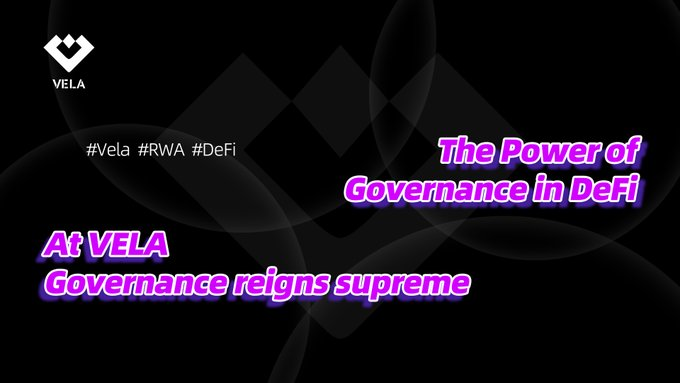Project Background and Core Objectives
Vela AI is a decentralized protocol co-developed by former Binance Labs team members and AI company DeepMatrix. It aims to promote the tokenization and liquidity management of real-world assets (RWA) through AI technology. The project completed a $55 million Series A financing round in 2024, reaching a valuation of $1.2 billion. Core products include the decentralized liquidity protocol V-POOL, AI yield aggregator V-Earn, and mobile trading platform Vbot. In May 2025, its native token $VELAAI officially launched on BNB Chain, marking the start of mainnet operations.

This Token Insights article explores how Vela AI uses artificial intelligence to integrate traditional assets with DeFi, analyzing its technical architecture, token distribution model, and potential challenges.
Technical Architecture and Core Innovations
Vela AI’s technical system is centered around AI-powered RWA tokenization:
V-POOL Protocol
Utilizes deep learning models to analyze asset data (such as financial reports and legal contracts), generating dynamic collateral ratios (60%-85%), and enables cross-chain asset transfers via Chainlink interoperability protocol, with a processing speed of 3,000 TPS.
V-Earn Yield Aggregator
Uses reinforcement learning to optimize fund allocation and combines options hedging to reduce impermanent loss risk. It supports tokenization of yield rights (veToken) for secondary market trading.
Vbot Mobile Platform
Supports natural language interaction (e.g., “Buy $100,000 worth of treasury bond tokens”), where AI recommends customized portfolios based on user profiles. It also integrates DAO governance functionality.
Vela AI Token Distribution and Market Mechanism
The $VELAAI token has a total supply of 1 billion, with the distribution model as follows:
-
Burn Mining (90%, 900 million): Linearly released over 10 years, with emission rate dynamically adjusted based on user growth, TVL, etc. A portion of transaction fees will be used for buyback and burn to enhance deflation.
-
Foundation Reserve (4%, 40 million): Locked for 2 years, then released linearly over 24 months, used for tech development and ecosystem partnerships.
-
Private Sale & Operations (3%, 30 million): Locked for 6 months, then released over 12 months, allocated to early investors and core team.
-
Market Stabilization Fund (2%, 20 million): Used to address extreme volatility, with DAO governance vote for deployment.
-
Exchange Liquidity (1%, 10 million): Immediately liquid, locked in liquidity pools for at least 1 year.
Ecosystem Progress and Partnerships
-
Institutional Partnerships: Morgan Stanley, BlackRock, and other institutions have tokenized $2.3 billion in assets via Vela AI, covering treasuries, commercial real estate, and private credit.
-
Compliance Strategy: Certified under Singapore MAS regulatory sandbox, integrates Pyth Network for real-time pricing data.
-
Developer Incentives: A $150 million ecosystem fund supports RWA applications in healthcare, finance, and more. Early users can receive NFT airdrops through staking.
Potential Risks and Competitive Challenges
-
Technical Risks: Vela AI model misjudgments on asset quality may distort collateral ratios. Cross-chain bridges relying on third-party protocols (e.g., Wormhole) pose security risks.
-
Market Pressure: Private tokens unlock in phases starting Q3 2025, with daily sell pressure accounting for 0.9% of circulating supply, potentially triggering short-term volatility.
-
Regulatory Compliance: The U.S. SEC may classify some RWA tokens as securities. The EU’s MiCA regulation requires stablecoin issuers to hold 35% of liquid reserves.
-
Industry Competition: Ondo Finance (ONDO) holds 65% market share in the RWA sector, with high user switching costs.
Future Outlook and Industry Impact
If the mainnet’s TVL exceeds $5 billion, Vela AI could become a benchmark case for AI-RWA integration:
-
Liquidity Democratization: Retail users can access high-value asset markets with low entry barriers.
-
Compliance Efficiency: AI dynamic scoring (Vela Score) replaces traditional audits, reducing costs by 70%.
-
Cross-Chain Expansion: Leverages BNB Chain’s ecosystem (4 million users) to accelerate APAC market penetration.
Users can optimize their holding strategies via the JuCoin Staking Guide to mitigate market volatility.




